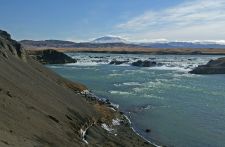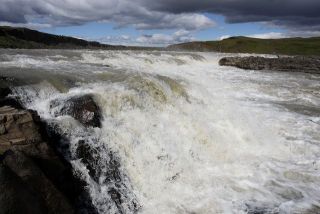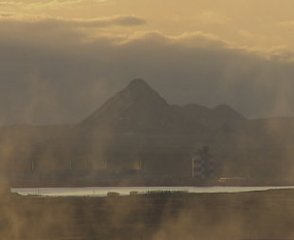Jun 29 2008
Þjórsá Dams Just Around the Corner – RT-Alcan Among Energy Buyers
Last Monday, June 23rd, the district council of Skeiða- and Gnúperjahreppur agreed on a major change in the district plan. The change includes implementing the construction of two of the three dams Landsvirkjun (national energy company) plans to build in the lower Þjórsá River; Holtavirkjun and Hvammsvirkjun. The plan is now being reviewed by the National Planning Agency. The decision to build these dams was taken despite a huge local opposition in the area. Right now one of the landowners is taking the Icelandic state to court, accused of bypassing laws on local democratic agreement to these projects. According Sól á Suðurlandi (a grassroots organization fighting against the dams) more landowners might follow this figurehead.




